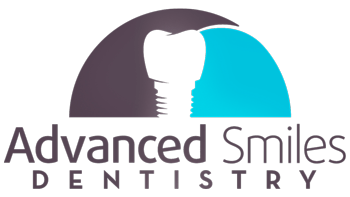One of the most significant dental innovations is the shift from traditional X-rays to digital X-rays. Both methods have their own advantages, but Advanced Smiles Dentistry preferers digital x-rays. Let’s explore the differences between these two imaging techniques and compare their levels of radiation exposure.
Traditional X-rays
Traditional X-rays have been used in dentistry for decades. They work by passing X-ray beams through the body, which are then captured on film to create an image of the teeth and surrounding structures.
However, there are some downsides to traditional X-rays. The process involves the use of chemical processing to develop the film, which can be time-consuming. Additionally, traditional X-rays expose patients to higher levels of radiation compared to their digital counterparts.
Digital X-rays
Digital X-rays, on the other hand, use digital sensors instead of film. This modern approach offers several benefits over traditional X-rays. Firstly, digital X-rays produce images almost instantly, allowing for quicker diagnosis and treatment planning. The images can be easily enhanced, enlarged, and shared with other dental professionals, improving the overall quality of care.
One of the most significant advantages of digital X-rays is the reduced radiation exposure. Studies have shown that digital X-rays can reduce radiation exposure by up to 80% compared to traditional X-rays. This reduction is particularly important for patients who require frequent imaging, such as those undergoing orthodontic treatment or monitoring for certain conditions.
Comparison to Natural Background Radiation
The average person is exposed to about 3,000 µSv of natural background radiation annually from environmental sources such as the sun, soil, and naturally occurring radioactive materials.
Risk Assessment
Single X-ray: A single digital dental X-ray (5 µSv) is extremely low in radiation and is not considered a health risk.
Full Set of X-rays: A full set of digital dental X-rays (100 µSv) is still very low and comparable to the radiation received from natural background exposure over a few days.
Frequent X-rays: Even with frequent dental X-rays, the accumulated radiation exposure is generally still within safe limits. For instance, having multiple full sets in a year might add up to several hundred µSv, which is still much lower than the annual natural background radiation.
Moreover, it would take approximately 5 digital X-rays to equal the radiation dose of one traditional X-ray.


